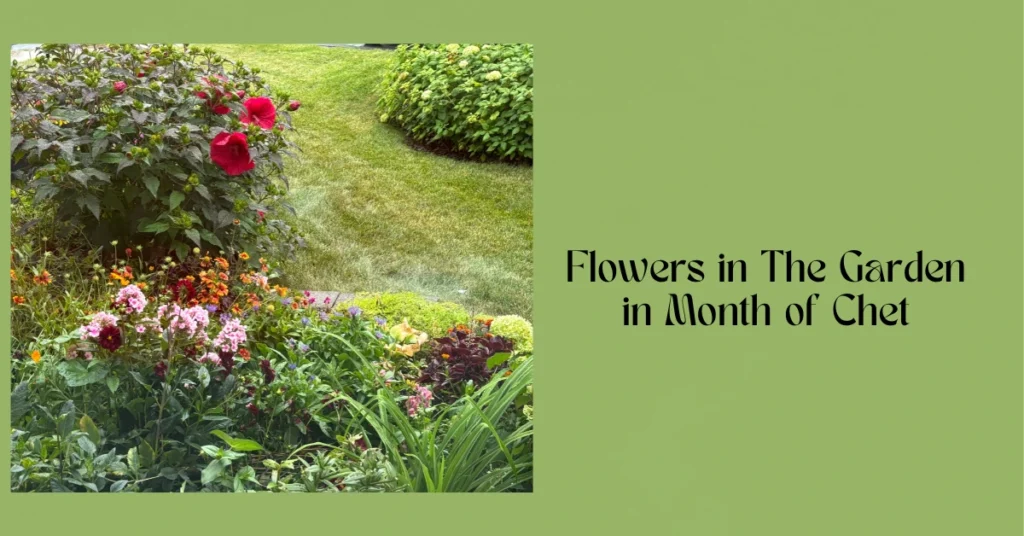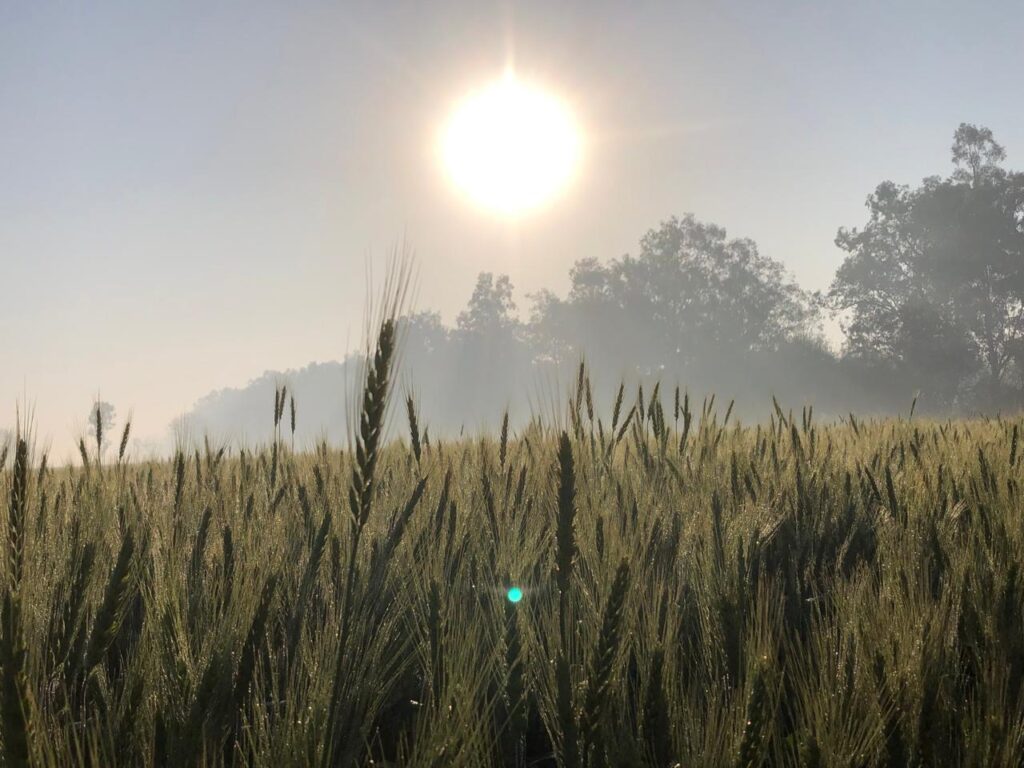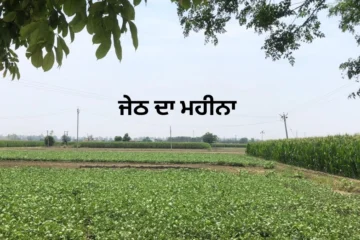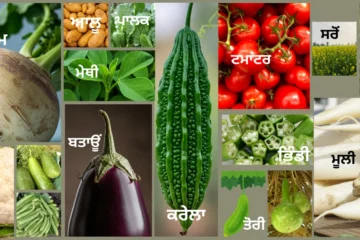
Chet Da Mahina, also known as the month of Chet, is the first month of the Nanakshahi calendar followed by Sikhs and Punjabis. It marks the beginning of spring and is a time of renewal, joy, and cultural significance. This period is deeply rooted in Punjabi traditions, reflecting both historical and spiritual values.
It brings new hope, fresh energy, and a sense of connection to one’s heritage. Punjabis worldwide celebrate this month with devotion, as it is a time to embrace new beginnings and honour historical events that shaped their culture.
The Importance of Chet Da Mahina in Sikhism
Chet Da Mahina holds special importance in Sikhism as it is mentioned in the Guru Granth Sahib. It signifies a spiritual journey, reminding followers to remain connected with the divine. The month urges individuals to engage in prayers, meditation, and self-reflection. Many Sikhs use this time to strengthen their faith, participate in religious ceremonies, and visit Gurdwaras.
The hymns from the Guru Granth Sahib encourage people to embrace humility and righteousness, promoting a spiritually enriched life. It is a time when devotees seek blessings for a prosperous year ahead.
Chet and the Changing of Seasons
The arrival of Chet signifies the end of winter and the beginning of spring. It is a time of renewal when nature awakens with blooming flowers, greener fields, and a vibrant atmosphere. Farmers see this as an auspicious time, as it marks the start of the new agricultural season.
The fertile land of Punjab, known as the breadbasket of India, depends on favorable weather conditions, and Chet brings the promise of good harvests. The beauty of spring reflects the energy and enthusiasm within Punjabi communities as they prepare for festivities and cultural events.
Historical Significance of Chet Da Mahina
The month of Chet holds historical importance in Sikh history. It was during this time that Guru Nanak Dev Ji, the founder of Sikhism, started his missionary journey to spread the message of truth, equality, and devotion to one God.
Additionally, many historical events related to the Sikh Gurus took place in this month, making it sacred for the community. Followers pay homage to these events by participating in Kirtans, attending religious gatherings, and remembering the sacrifices made by Sikh leaders.
Festivities and Cultural Celebrations
Holi: The Festival of Colors and Unity
Another major festival celebrated during Chet Da Mahina is Holi, the festival of colors. Holi marks the arrival of spring and symbolizes the victory of good over evil. It is a time when friends, families, and neighbors come together to play with colors, enjoy traditional sweets, and dance to joyful music.
Known as the Festival of Colors, it is a time when people come together to celebrate life, love, and the beauty of nature. During this festival, individuals throw colored powders at each other, dance to music, sing songs, and engage in playful revelry.

Holi transcends social barriers, with people of all ages, backgrounds, and communities participating in the celebrations, making it one of the most unifying festivals in the country. It is also a time for people to forgive past grievances and renew relationships, symbolizing the importance of unity and harmony.
The celebration of Holi has deep roots in Hindu mythology, and the festival is often associated with the story of Prahlad and Holika, where the evil demoness Holika is burned in a fire, and the virtuous Prahlad is saved by divine intervention. The burning of Holika is reenacted during Holika Dahan, a ceremonial bonfire that takes place on the eve of Holi.
This ritual signifies the victory of good over evil. In addition to its religious significance, Holi has become an international celebration, with people worldwide embracing its joyful spirit and colorful traditions. The month of Chet, marking the start of the new season, is the perfect backdrop for this exuberant festival, symbolizing a fresh start and the hope for prosperity and happiness.
Wearing Yellow: The Color of Spring
Yellow is the symbol of Basant, representing warmth, energy, and the beauty of spring. On this day, people wear yellow clothes, decorate their homes with yellow flowers, and prepare traditional yellow-colored dishes like saffron rice and sweet boondi. This color represents happiness, positivity, and prosperity, which makes the festival even more special.
People wear traditional attire, perform Bhangra and Gidha, and prepare special dishes to celebrate their heritage. The energy and enthusiasm of these festivities showcase the vibrant Punjabi culture and its deep-rooted traditions.
A Time to Enjoy Nature
Basant, Holi, and Chet celebrate the beauty of nature. The cold winter fades away, and fields turn golden as crops ripen. Flowers bloom, birds sing, and the air is filled with the fragrance of fresh blossoms. People step outside, enjoy picnics, and spend time in gardens and parks to welcome the freshness of spring.

Spiritual Practices During Chet
During Chet, many Sikhs increase their religious practices. They recite Gurbani, engage in community service (Seva), and participate in Nagar Kirtans, which are religious processions through the streets. It is also common for individuals to take a spiritual vow, dedicating more time to self-improvement and devotion.
The teachings of Sikh Gurus emphasize kindness, honesty, and dedication, and Chet serves as a reminder for individuals to align their lives with these values. Families also visit holy sites such as Sri Harmandir Sahib (Golden Temple) in Amritsar to seek blessings.
Chet in the Punjabi Folk Calendar
Apart from its religious significance, Chet holds an important place in Punjabi folklore. It is celebrated as the beginning of the Punjabi new year in traditional folk traditions. The famous Punjabi folk song “Chet Charkhe De Gheer” beautifully expresses the emotions tied to this month.
The song reflects themes of love, longing, and the changing seasons, resonating with many Punjabis, especially those living away from their homeland. Such cultural expressions keep the essence of Chet alive, even among Punjabi diaspora communities.
Chet and the Farmers of Punjab
For Punjabi farmers, Chet marks the start of the Rabi harvesting season. Fields of wheat, mustard, and barley turn golden, and the farmers prepare to reap the fruits of their labor. This period brings joy and gratitude, as a successful harvest ensures food security and financial stability for farming families.
Many farmers pray for favorable weather and a prosperous yield. The celebrations of Vaisakhi, closely linked to Chet, serve as a moment of thanksgiving for nature’s blessings.
Punjabi Diaspora and Chet Celebrations
Punjabis living outside India also observe Chet with great enthusiasm. Whether in Canada, the United Kingdom, the United States, or Australia, the spirit of Punjabi culture remains alive. Communities organize cultural programs, Gurdwara events, and social gatherings to celebrate their traditions.
The younger generation learns about their roots through these festivities, ensuring that Punjabi customs are preserved across generations. Despite being miles away from Punjab, the warmth of Chet brings Punjabis together, reinforcing their shared identity and cultural pride.
Conclusion
Chet Da Mahina is a time of joy, renewal, and cultural celebration for Punjabis around the world. It blends spirituality, history, and tradition, making it one of the most significant months in the Punjabi calendar. Whether through religious devotion, agricultural prosperity, or vibrant festivities, Chet remains a cherished time for the community.
As nature blooms, so does the spirit of Punjabis, reminding them of their rich heritage and the importance of unity. This month holds a special place in their hearts, keeping them connected to their roots no matter where they are in the world.
Read More
https://raowal.com/phagun-da-mahina-celebrating-the-colours-of-spring/
FAQs: Chet Da Mahina
1. Why is Chet Da Mahina important in Sikhism?
Chet Da Mahina is significant because it marks the beginning of the Nanakshahi calendar and is mentioned in the Guru Granth Sahib Ji. It is a time for spiritual reflection and devotion.
2. What festivals are celebrated during Chet?
Holi (Festival of colors), one of the most important festivals, is celebrated during Chet. Holi festival marks the arrival of spring. People celebrate by throwing colored powders, dancing, and enjoying festive foods with friends and family.
3. How do Punjabis celebrate Chet outside India?
Punjabi communities worldwide organize cultural events, religious gatherings, and social programs to keep their traditions alive during Chet.
4. What is the connection between Chet and farming?
Chet marks the beginning of the Rabi harvesting season, making it an important time for Punjabi farmers.
5. What are some traditional songs related to Chet?
The famous folk song “Chet Charkhe De Gheer” reflects the emotions and cultural significance of Chet in Punjabi traditions.


